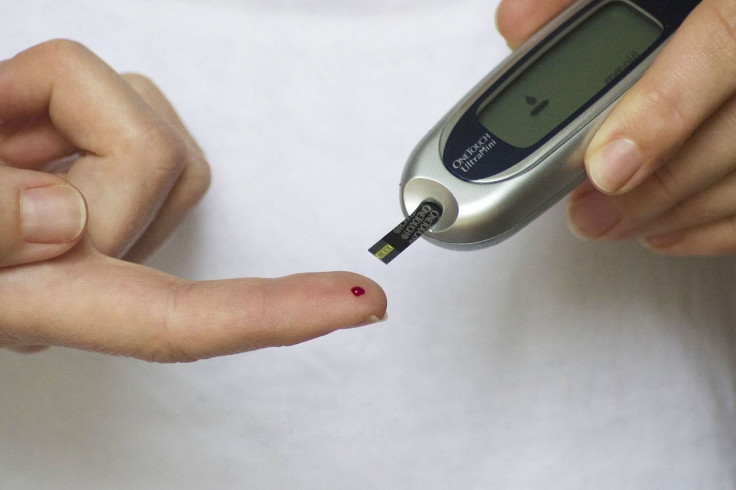Diabetes Treatment Breakthrough May Help Cure Disease

KEY POINTS
- More than 30 million Americans suffer from Diabetes
- A new cure replaces Insulin shots with beta cells
- The treatment can be made more effective by attacking structure of unwanted cells
Diabetes is widespread across the U.S. — more than 30 million Americans suffer from the disease. No cure has been found for it. Its treatment is done with the regulation of diet and regular shots of insulin. It seems that researchers are inching closer to a cure now.
Researchers at the Washington University, St. Louis, Missouri were able to cure diabetes in mice by infusing them with stem cells.
Diabetes affects the ability of the body of producing and managing insulin, which is normally produced by the pancreas. When this happens, body insulin levels need to be monitored regularly and expensive insulin shots need to be administered if blood sugar levels shoot up. According to the researchers, the findings provide a much reliable alternative— using beta cells to generate insulin for diabetics.
The treatment works using pluripotent stem cells. These cells can actually shape-shift into becoming any kind of cells in the body. However, the process is not perfect. The cells can also morph into other types of cells. The cells are harmless but do affect the ratio of the insulin-producing cells, affecting the efficacy of the treatment.
Jeffrey Millman, the lead researcher of the project told New Atlas, “The more off-target cells you get the less therapeutically relevant cells you have. You need about a billion beta cells to cure a person of diabetes. But if a quarter of the cells you make are actually liver cells or other pancreas cells, instead of needing a billion cells, you’ll need 1.25 billion cells. It makes curing the disease 25 percent more difficult.”
The researchers have found that unwanted cells can be gotten rid of. Millman’s team has found that by targeting the cytoskeleton of the cells, which gives them their shape, they were able to increase the percentage of the effective beta cells to make an altogether more functional treatment.
The treatment has only been tested on mice currently. It is far from human trials, but it holds hope for a future cure of the disease. The team has a plan laid out for testing the treatment in larger animals, before finally going for human trials.
© Copyright IBTimes 2025. All rights reserved.





















